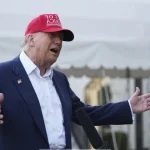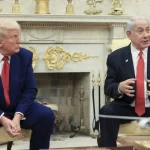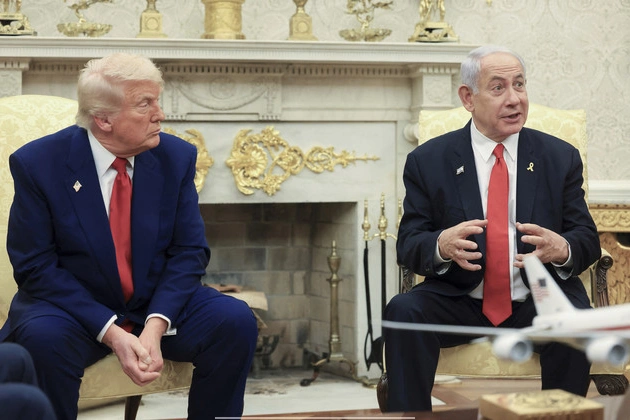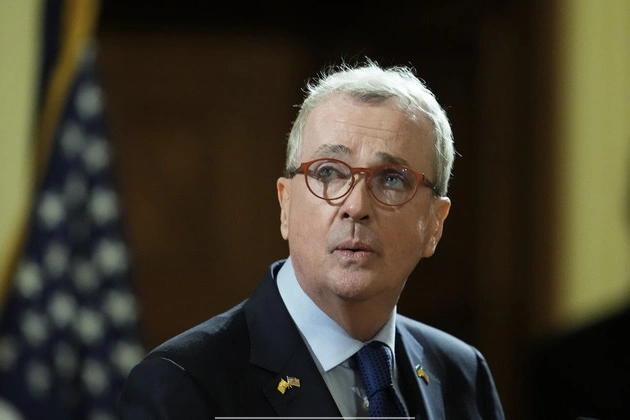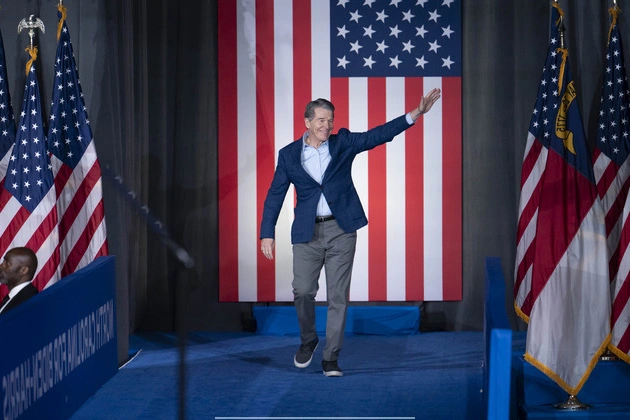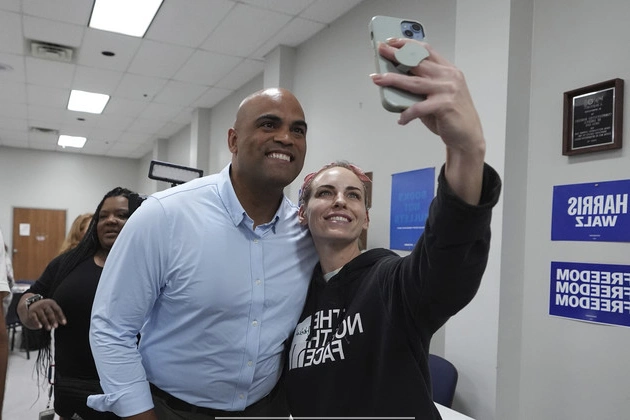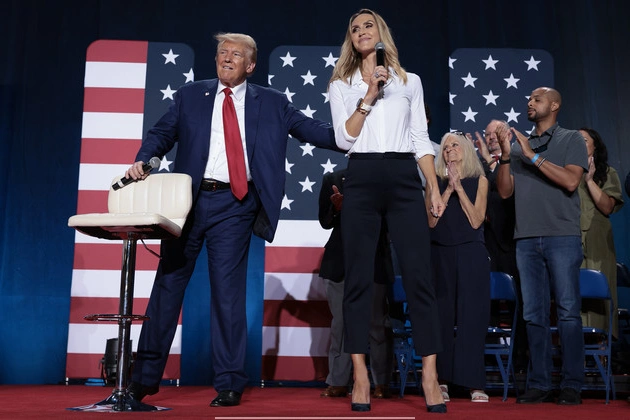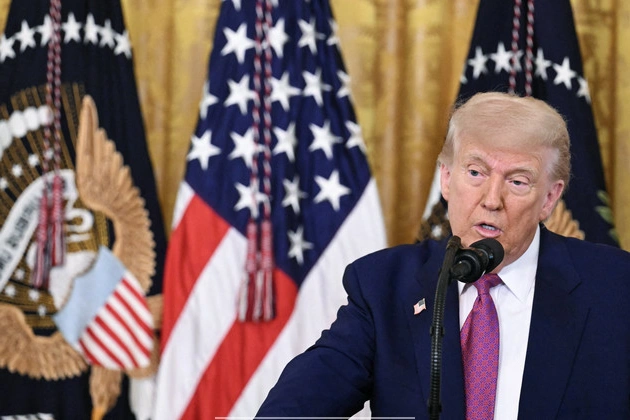
President Donald Trump is touting this week’s trade agreement with China as the latest triumph of his dealmaking acumen.
But his celebratory tone belies an uncomfortable reality: For all his optimistic talk on trade, Trump has made little tangible progress since this spring’s tariff spree, so far only securing frameworks of agreements with the U.K. and China and leaving American businesses grappling with continued economic uncertainty.
Slow Progress and High Expectations
Critics and allies alike say Trump’s talk about the China “deal” signals how eager he is to telegraph progress ahead of the White House’s July 8 self-imposed deadline to hash out agreements with trading partners.
“We were promised ‘90 deals in 90 days.’ What we have at this point are ‘general frameworks’ for the U.K. and China,” said Marc Short, who served as Trump’s legislative affairs director and Vice President Mike Pence’s chief of staff during the president’s first term, referencing Trump trade adviser Peter Navarro’s vow.
Challenges and Skepticism
The administration will “present it as if they’re making significant progress and hail these general frameworks as really significant breakthrough deals,” Short added. But “other countries are seeing that, if I wait this out, he’s going to be overly sensitive to bond market yields, or he’s going to get himself into trouble, and then he’s going to need to get out of it with a deal.”
The White House, however, sees the agreement with China as a true win — proof that it went toe-to-toe with its biggest economic adversary and held its own.
Looking Ahead to G7 Summit
This week’s tentative deal with China offers Trump a bit of a boost as he prepares to meet with major world leaders at the G7 summit next week in Canada. Representatives from foreign countries view the upcoming confab as the next best vehicle to nail down something concrete on trade, after White House press secretary Karoline Leavitt told reporters on Wednesday that there will be “quite a few bilateral meetings.”
Challenges with Other Partners
The U.S. announced its first trade “deal” — which was, in reality, the framework for a more detailed future agreement — with the U.K. in May. But that accord has yet to be enacted, with U.S. levies on U.K. exports, including cars, steel and aluminum, remaining in place and provisions on agriculture and other issues still to be hashed out. And this week, Trump quickly declared mission accomplished on China — subject to final approval from both him and China’s leader Xi Jinping — even though top negotiators had reached no more than a handshake agreement to deescalate tensions and advance trade talks, after a meeting in Geneva last month failed to move the ball forward.
Meanwhile, the administration has continued to promise that deals with major trading partners, like Japan, South Korea, India and the European Union, are “close” ahead of a July 8 deadline, after which Trump’s sweeping and massive “Liberation Day” tariffs are set to go back into effect. But talks with those countries have yet to bear fruit, and smaller countries, eager to negotiate, are having a hard time getting the administration to consider tweaks to proposals the U.S. has put forward.
Confusion and Optimism
Even some Trump allies in regular contact with the White House are struggling to understand the administration’s approach on trade. If the White House is truly interested in boosting domestic manufacturing, they say, it would move quickly to negotiate deals. That would allow businesses to move forward with some certainty instead of leaving them in limbo.
“You meet with officials at all these agencies, you even meet with Cabinet secretaries, and they all agree that the intent of the tariffs was never to hinder companies who are expanding, or trying to onshore supply chains here,” said one of those allies, granted anonymity to speak candidly about the trade discussions. “I have no clue what their strategy is.”
Global Implications and Economic Realities
Prospects for a deal are slightly better for Mexico. President Claudia Sheinbaum said it was “very likely” that she would speak with Trump at the G7 summit, which she will attend as a guest of Canadian Prime Minister Mark Carney. The countries are closing in on a narrow deal that could remove the U.S.’s flat 50 percent tariffs on steel, Bloomberg News was first to report.
A person close to the White House, granted anonymity to discuss details of the negotiations, told POLITICO that the countries are weighing a quota-based system, and could reveal more details at next week’s G7 summit. Those plans, they said, are not final, and the administration is grappling with pressure from its more protectionist factions that have long requested Trump remain focused on reciprocal tariffs in trade talks.
Conclusion: Balancing Act and Uncertain Future
Even without substantial deals, some on the right continue to point out how U.S. tariffs have already significantly shifted the economic conversation. Baseline reciprocal tariffs of 10 percent remain in effect globally, with tariffs in China at an even higher level of about 55 percent, on average.
“Some, they want to call it ‘caving’ or ‘giving in’ or something like that,” said Mark DiPlacido, policy advisor at American Compass, a think tank that embraces economic populism. “But they’re not comparing it to the baseline of where things were at at the beginning of the year.”
